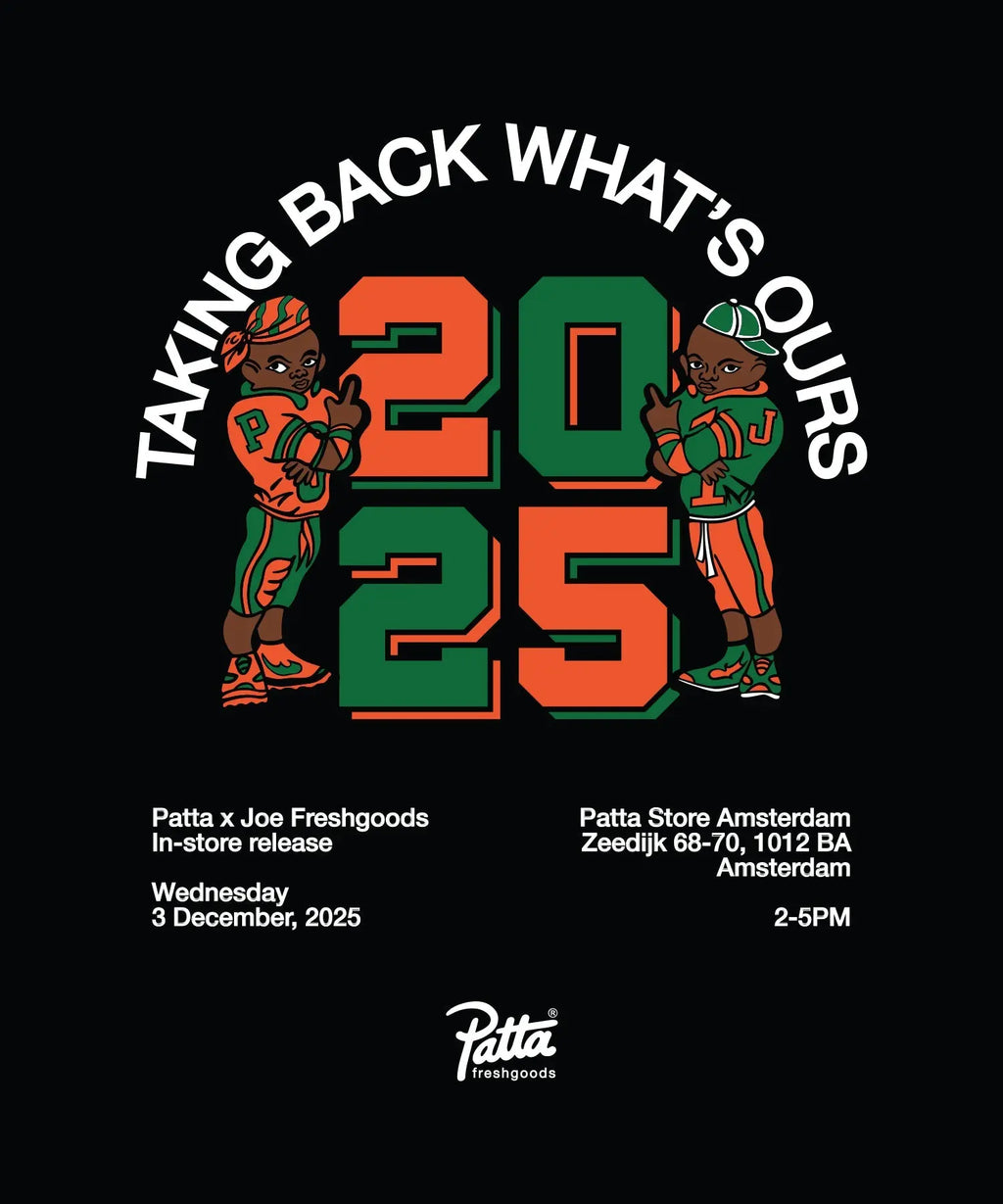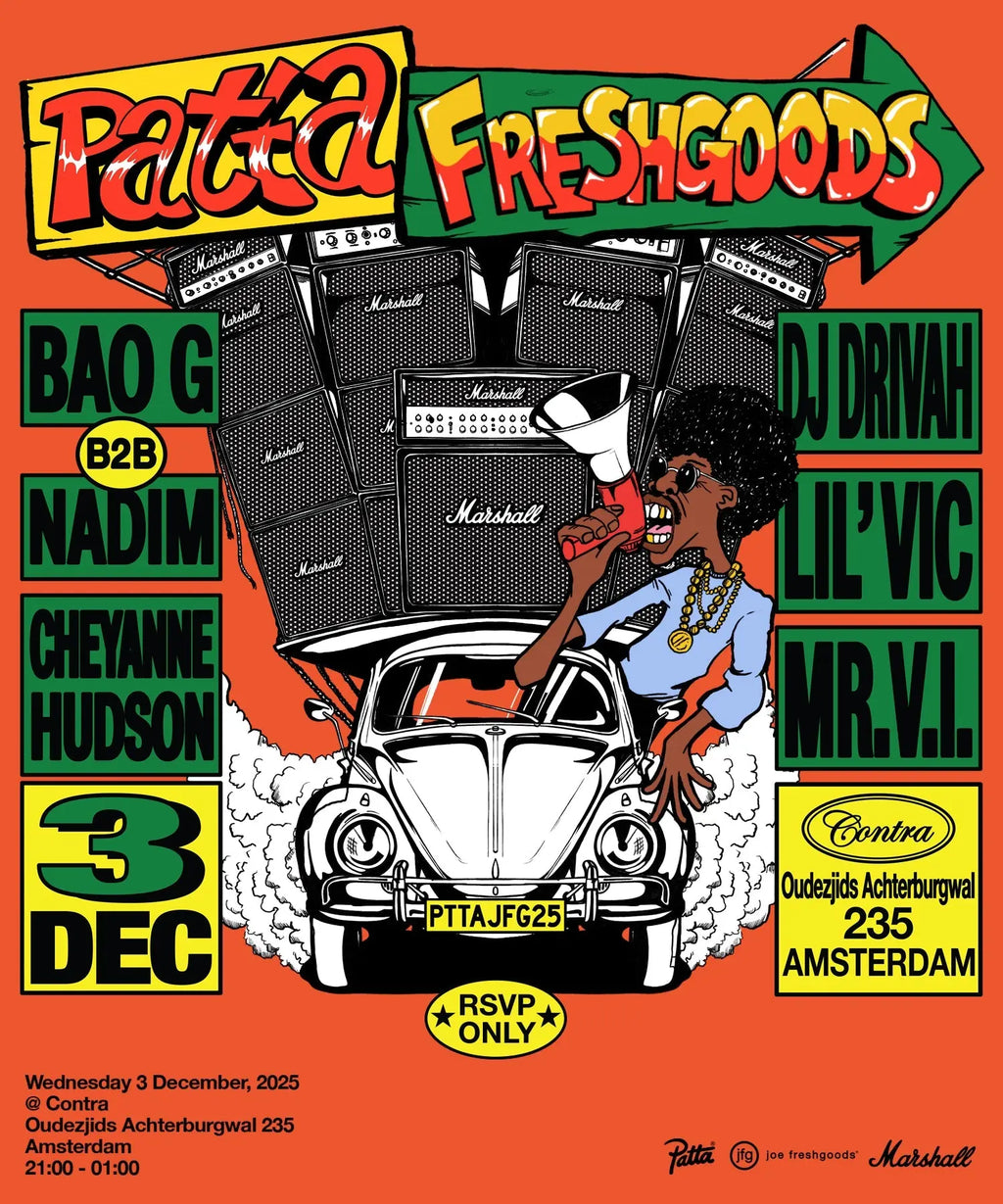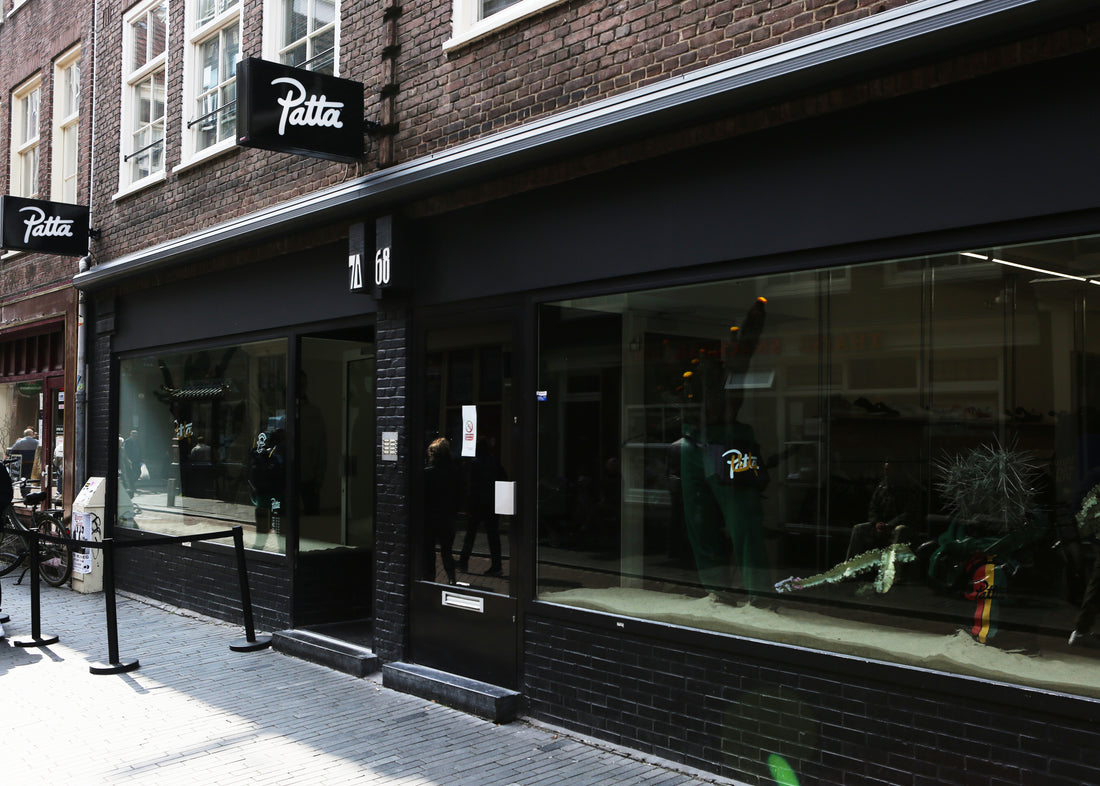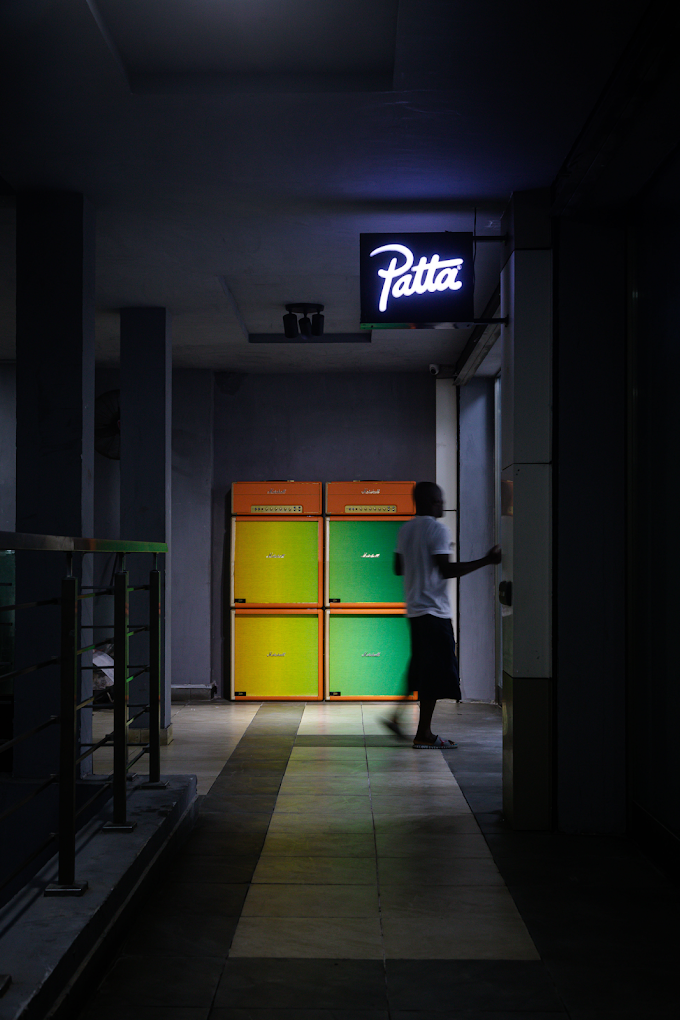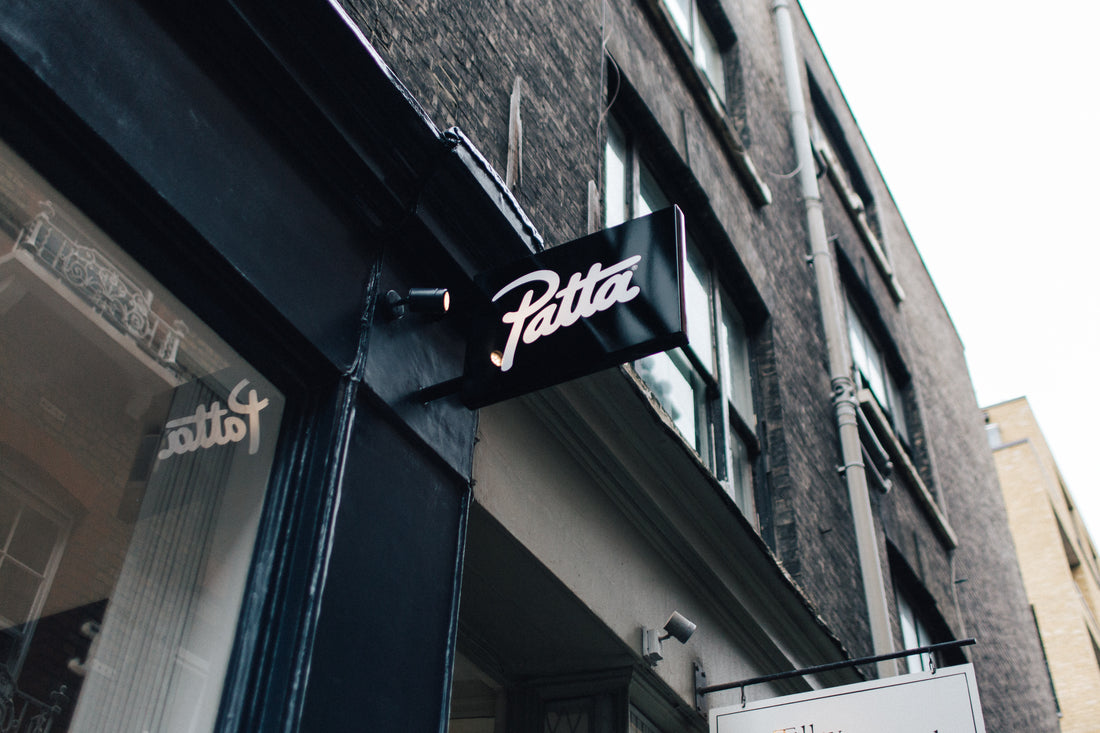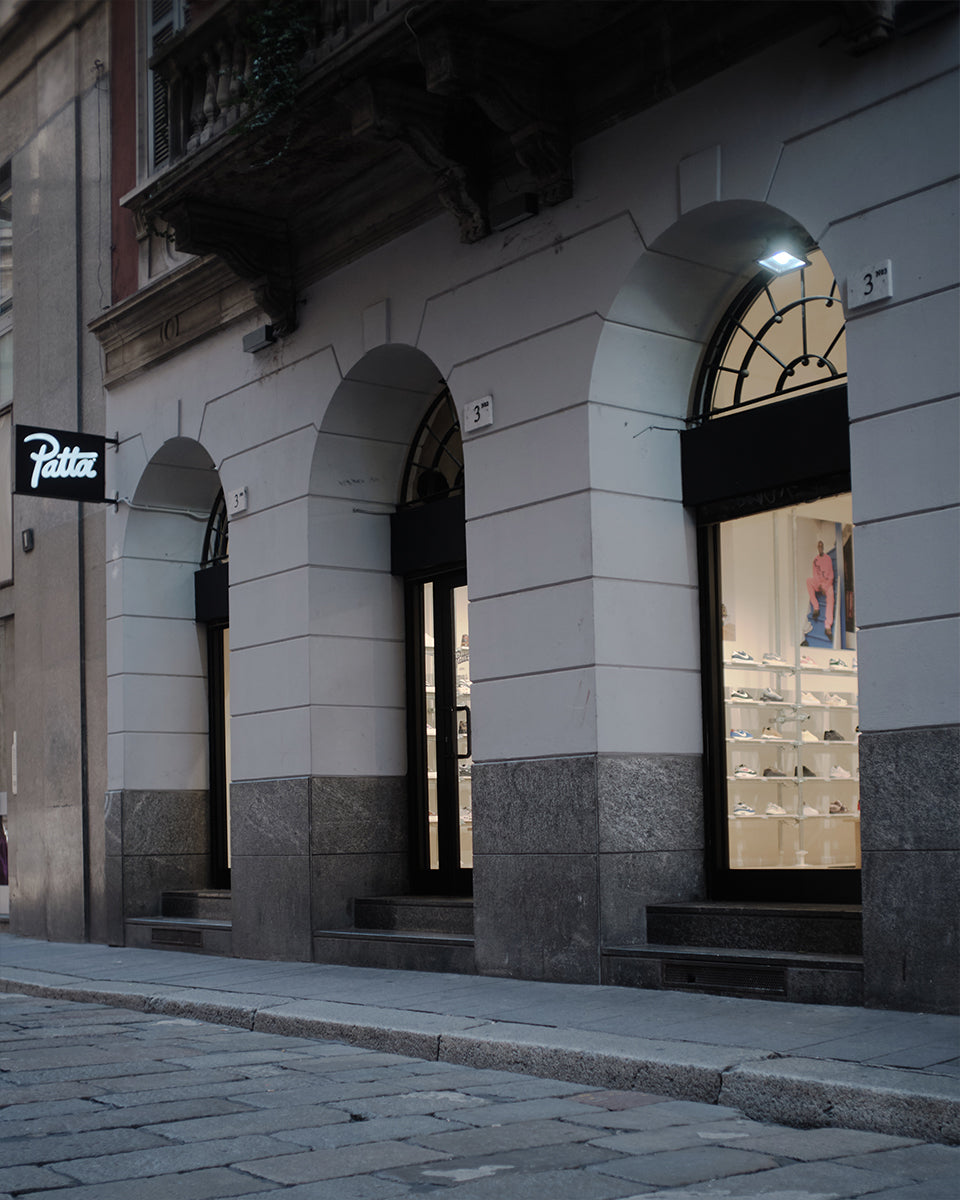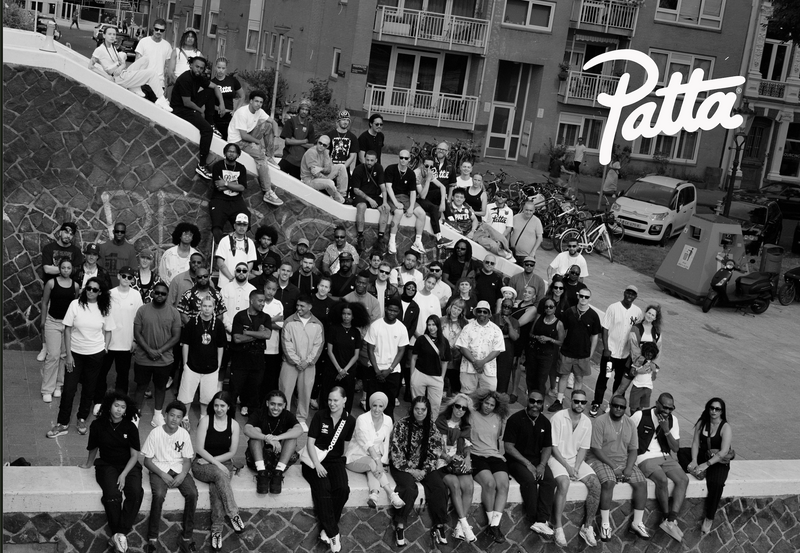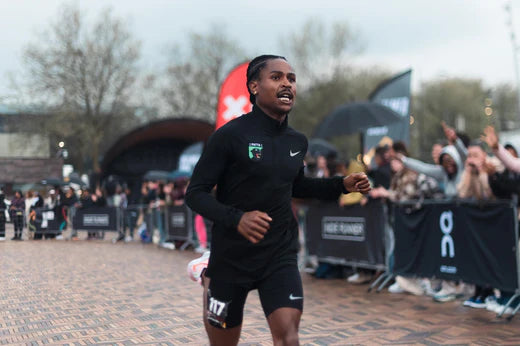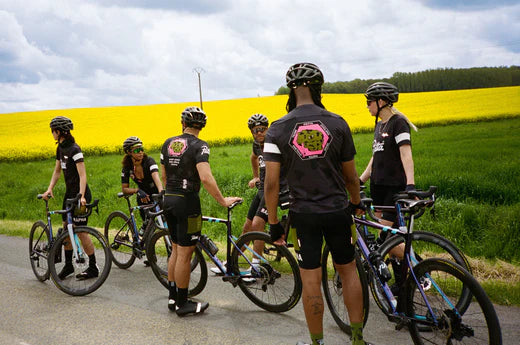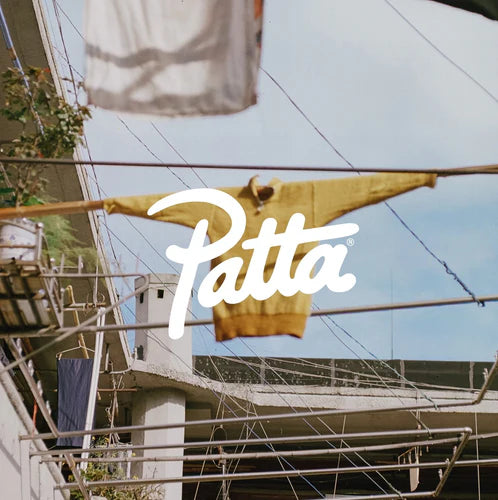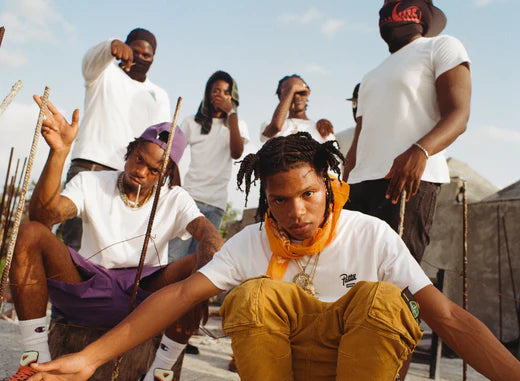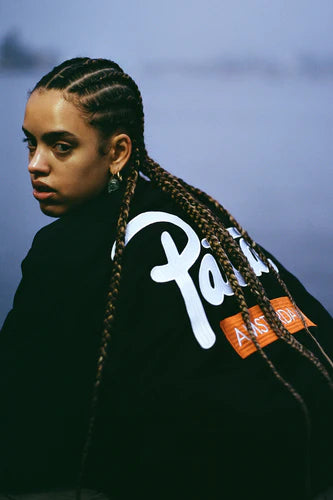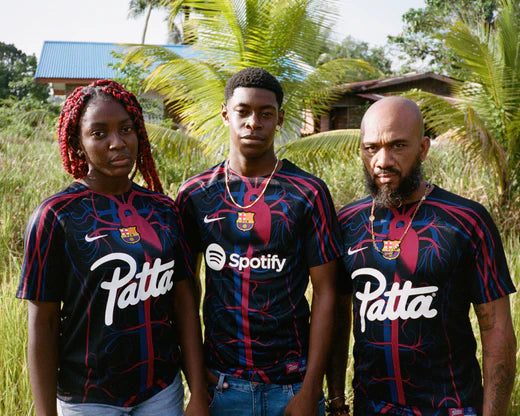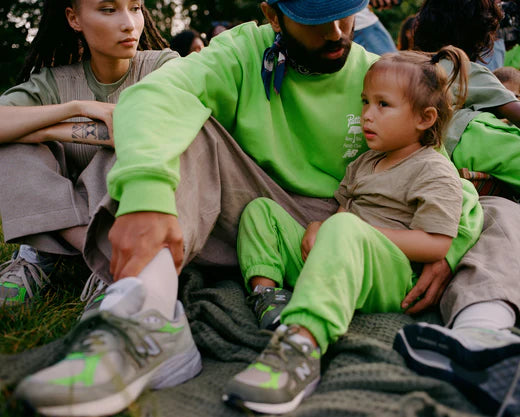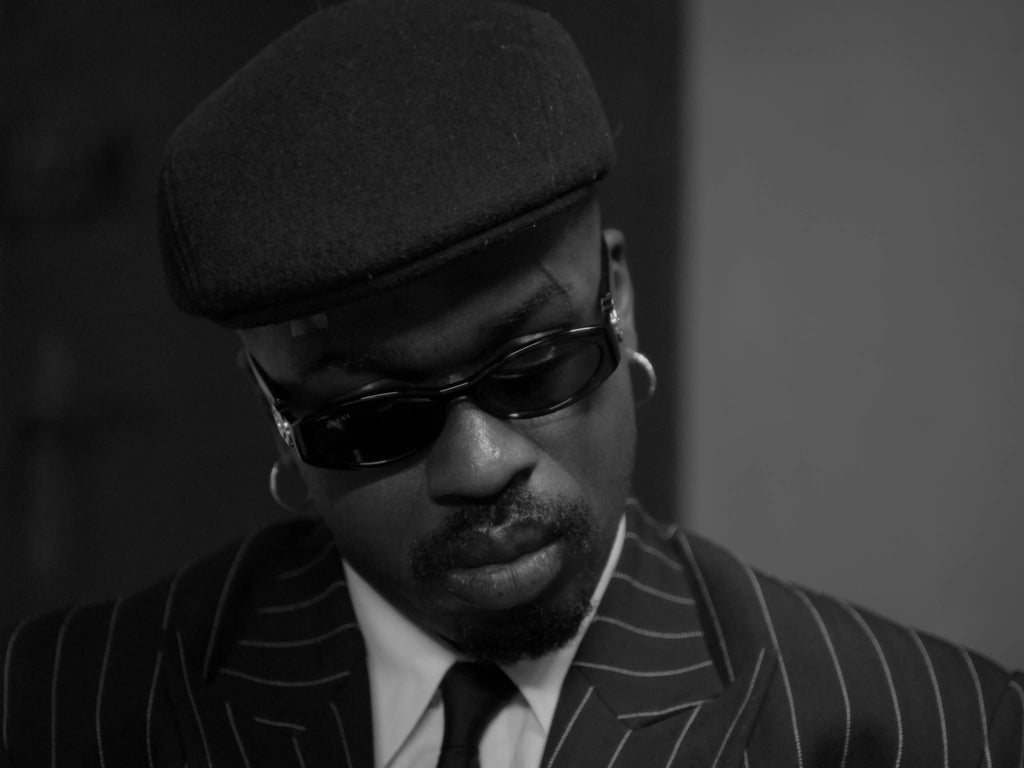
Get Familiar: BOJ
Get Familiar: BOJ
Interview by Passion DzengaFor more than a decade, BOJ has been one of the most quietly influential forces in contemporary African music. A pioneer of the alté movement long before it had a name, he built his world on experimentation, collaboration, and a refusal to be boxed in — working with everyone from Wizkid, Skepta, Dave and Tiwa Savage to Ayra Starr, Knucks and Obongjayar. But with his new album Duplicity (out December 5 via MOVE Recordings), BOJ turns his lens inward, crafting the most personal and revealing body of work of his career.Across thirteen tracks featuring Pa Salieu, Olamide, Odumodublvck, Show Dem Camp, SGaWD, Obongjayar, Joey B and more, Duplicity pushes the alté ethos into bold new terrain — blending Afropop, hip-hop, alté, Afrobeats and experimental club sounds with a clarity and confidence that only an artist a decade deep can carry. But beneath the genre-blurring production lies the album’s true centre: a meditation on duality. The BOJ the world sees — charismatic, collaborative, unmistakably influential — and the BOJ only a few truly know.It’s a theme that emerged unexpectedly from a personal moment. After hearing the word duplicitous in an argument and looking up its meaning, BOJ recognised a truth he felt almost everyone carries: the split between our public selves and our private ones. Duplicity became the space where he finally examined that divide with honesty — embracing both the extrovert the world encounters and the introspective figure who exists beyond the spotlight.The album’s visual identity deepens this narrative, contrasting light and dark, safety and danger, confidence and conflict. On record, those contrasts come alive through everything from the euphoric Afropop of “Imposter Syndrome” with Obongjayar to the menacing, experimental “Italawa” with Odumodublvck and SGaWD, the dance-floor lift of “Ijo,” and the endlessly catchy “Cana” with Pa Salieu.Sitting down with BOJ in the days leading up to the album’s release, we talk about the vulnerability behind Duplicity, the producers and collaborators who helped shape it, the evolution of alté, lessons learned after ten years in music, and how he stays grounded between Lagos and London. What emerges is an artist more self-aware than ever — expressing, not explaining; revealing, not performing. This is Duplicity through BOJ’s own words.You’ve got a new record coming out called Duplicity. What’s the concept, and what does it reflect about where you are personally and artistically?Duplicity is an album that describes me perfectly. The “two sides” are really about the duality of man – who you are in private versus what you choose to present to the world. For me it’s about trying to find the balance between those two selves in my life right now.You’ve said the album explores your public and private sides. What inspired you to open up like this at this point in your career?Honestly, it started with an argument I had with a partner. She used the word “duplicitous,” and I didn’t even know what it meant. I went to look it up and thought, “Yeah, everyone is duplicitous to some extent.” That sparked the idea to explore that theme fully.Did making Duplicity feel therapeutic? Were there parts of the process that surprised you about yourself?I don’t know if anything shocked me, but talking about situations like this at all is not something I’d usually do. So in that sense, yes. I definitely allowed myself to be more vulnerable at certain points, which is new for me.Sonically, the album fuses Afropop, hip-hop and more. Were there any guiding principles for the sound while you were making it?Not really – if anything, it was the opposite. We weren’t trying to tailor it to any particular sound. I told Junior, the producer I worked most closely with, “Let’s just be free. Whatever comes out, we go with it.” No box, no strict formula.You’re often called a pioneer in the alté movement. Does Duplicity feel like a continuation of that sound or a departure?I always feel like my sound gets elevated as I grow, but with alté, people misunderstand it. There’s no fixed “alté sound.” Anything slightly left of centre gets labelled alté. For me, alté is really about not being boxed in – the freedom to create without restrictions. It’s a mentality, not a genre.Your process is usually very collaborative. Who are the key producers that shaped this record?This is actually the least collaborative I’ve ever been on a project. Genio did the lion’s share – I think 9 or 10 of the 13 tracks. Spax is someone I also worked closely with. Blaise Beats is a producer I’ve wanted to release something with for a while – he’d sent me packs in the past, but nothing had come out until now. On this album though, Genio is the main architect.You’ve also got loads of guest features, how did you decide who to bring into the world of Duplicity?I like working with people I already have relationships with. I’ll record a song, sit with it, then ask, “Who can help me tell this story?” Everyone on the project is someone I genuinely rate musically and can reach with a phone call. They understand me and the themes because we already talk in real life.You’ve collaborated with everyone from Odumodublvck to Wizkid and Skepta. What’s the one common thread that makes a collaboration really click for you?If I had to boil it down to one thing, it’s the music itself – the sound. I look for high quality in someone’s expression, and originality. Most people I work with have that.We recently hosted an Odumodublvck show in Amsterdam. You two have a strong collaborative history. What’s it like working with him?Odu is really cool – we’re pretty close. He’s one of those people who always speaks his mind, no matter what. I admire that. Musically, we just click – we probably have more collaborations together than I have with anyone else.Visually, the singles and artwork all tie into duality. How did you approach the visual storytelling for Duplicity, and who did you work with?I worked closely with a guy called Niyi Okoewo. I had him over, played him the music, told him what films I was watching, where my head was at. He just got it. He suggested directors, and even decided to shoot the photography himself. Everything came together organically.With this record, it feels like you’re proving alté is more a philosophy than a genre – especially by showing both sides of yourself. Is that intentional?That is what I’m doing, but I’m not consciously trying to prove anything or break any box. I’m just expressing myself as honestly as I can. However people interpret that is up to them.How do you stay true to your roots while still appealing to your audience? Has much changed since we last spoke?Yeah, there’s definitely been a change – mostly in mentality. I’ve learned a few lessons along the way. My sound keeps evolving, but the bigger shift is in how I see people and myself.In what way has your mentality changed?I’ve learned to let people be who they are, to choose who I keep around, and accept that everyone has shortcomings. No one’s perfect. I’ve also realised you have to be intentional about knowing yourself. Self-knowledge doesn’t just happen – you have to put in the work.After 10 years in music, what would you tell your younger self if you could go back?I don’t think I’d tell him anything crazy. I’d still want to make all the same mistakes; they made me who I am. The only thing I might change is warning myself not to associate with certain people.For someone discovering you through Duplicity, what is the best way to listen to it?They can start anywhere. I usually make my intros and outros so they could swap – the outro could be the intro and vice versa. You can start from track one or from the end. It all flows. That said, I prefer they start from track one.The album’s out on Friday. What can people expect from you in the next few months?There are things coming, but I don’t like giving too much away. I’ll let people know as it happens. If you want to stay updated, just follow me on socials.You spend time between Nigeria and the UK. Is there a difference in how your music is received in London versus Lagos?I’m in Lagos now. To be honest, I don’t think there’s a huge difference. I cater to a certain demographic – a certain taste level – and that listener exists in both places. It feels similar across cities, even globally.You recently held a listening party in London. What was that experience like?It was dope – a small listening session with friends and day-one supporters. We played the songs, especially the one with Odu, and just vibed. People really liked it.You’ve got another listening party coming up in Lagos. What can people expect? It’s basically the Lagos version of the London night. Day-ones will come through, we’ll play the album, I’ll talk through the songs and the mindset behind them. Just a proper vibe.And if people want to attend the Lagos listening party, how do they get access?They just need to RSVP through the channels we’ve shared. Once that’s done, they’re in. If they aren’t in Lagos they can stream the record, it comes out on the same day.


